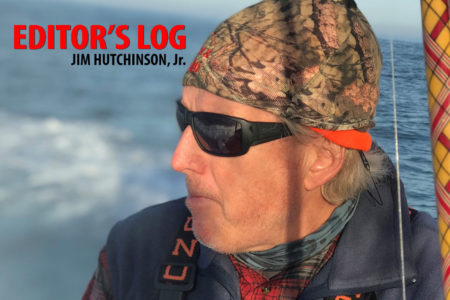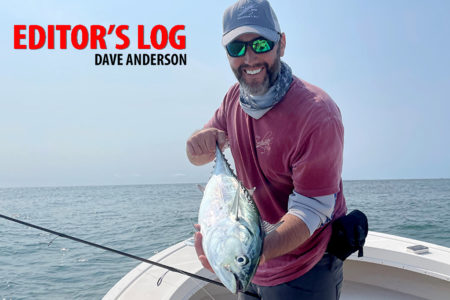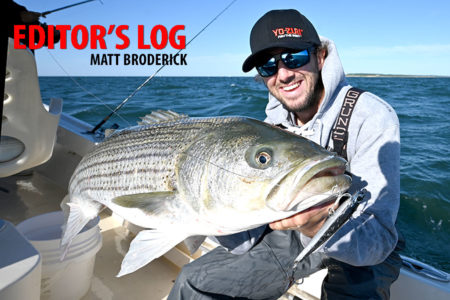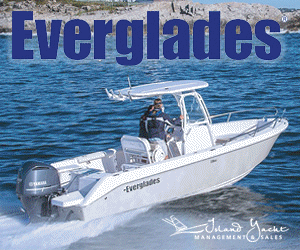I wrote an article in the December, 2019 edition of The Fisherman called “Myth or Matter: Is Offshore Wind Blowing in Too Fast” which cited existing research on the effects of electromagnetic fields (EMF) on fish. Specifically, I referenced several scientific papers from Denmark, home to the state-owned Dansk Olie og Naturgas or DONG for short, a company now known as Ørsted.
In one of those papers (McCann, 2012) which you’ll find posted alongside that article at TheFisherman.com, researchers said, quote, “Flounder species were some of the only species to show correlations between the strength of electromagnetic fields from cables and increasing avoidance behaviors around cables, as their catches decreased around charged cables in Denmark.” The article also referenced a U.S. Department of Energy report which found that Atlantic halibut larvae exposed to EMF “were slightly smaller” and showed “slightly delayed larval development” when compared to larvae not exposed to EMF.
The issue of EMF only scratches the surface of industrial wind problems, but to me it’s a major concern. Upwards of 1,000 individual wind turbines across hundreds, maybe thousands of miles of industrialized lease areas off the Jersey coast; how will those “avoidance behaviors” play out in summer flounder during their inshore migration across a spider web complex of seafloor cables linking to substations pushing all of that electromagnetic energy through massive pipes dug into coastal towns?
If inshore fluke numbers are impacted by just 20% NOAA Fisheries will respond with cutbacks in annual harvest limits to address the decrease in fluke stock. At the end of the day, if fluke are absent, it won’t be the windfarms at fault, but federal fisheries law (Magnuson Stevens Act) will trigger an “overfished” designation and we’ll be fishing on shorter seasons, lower bags and higher size limits. As we all know, when there’s a marine resource problem, the fishermen are always to blame.
Consider what NOAA Fisheries calls a series of “unusual whale mortality events” occurring along the Atlantic Coast since 2016. The problem with dead whales goes back 7 years, which just so happens to coincide with the start of geophysical surveys for offshore wind in the Northeast. But federal officials say there’s no correlation between industrial wind and dead whales; in fact, they’ve been quick to blame boats, and perhaps the fishermen, for these deaths.
There were 22 stranded humpback whales along the Atlantic Coast from December through February, more than 180 animals washing ashore dead between Maine and Virginia. A dozen dead whales came ashore in New Jersey and New York alone from December through February, which as Jimmy Lovgren writes at Fisherynation.com coincides with wind research vessels using active sonar, seismic pingers, and high-resolution seismic sparkers which emit 200dB sound pulses capable of traveling hundreds of miles underwater.
Whales rely on hearing to feed, navigate, avoid prey, and to communicate with other whales. The U.S. Navy has previously acknowledged the negative effects that high-powered active sonar, both mid and low frequency, can cause to marine mammals, yet our government refuses to accept any existing science related to ongoing vessel-based site assessment surveys, or to any post-production EMF impacts. After all, the United States has received billions in lease payments from companies like Ørsted to industrialize our inshore ocean waters; to terminate those leases now because of a few dozen dead whales, the government landlords would have to write some pretty hefty refund checks.
“The federal government is allowing these offshore wind companies to bypass in-depth analyses of offshore wind farms’ long-term impacts,” said Congressman Jeff Van Drew on March 16 at a congressional field hearing in South Jersey (see page 7 of News Briefs), adding “It is becoming more and more clear that BOEM (Bureau of Ocean Energy Management) and NOAA are in collusion with these companies, and they won’t be able to hide forever.”




